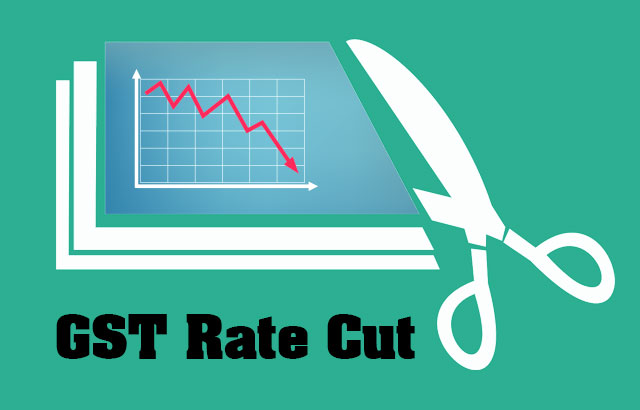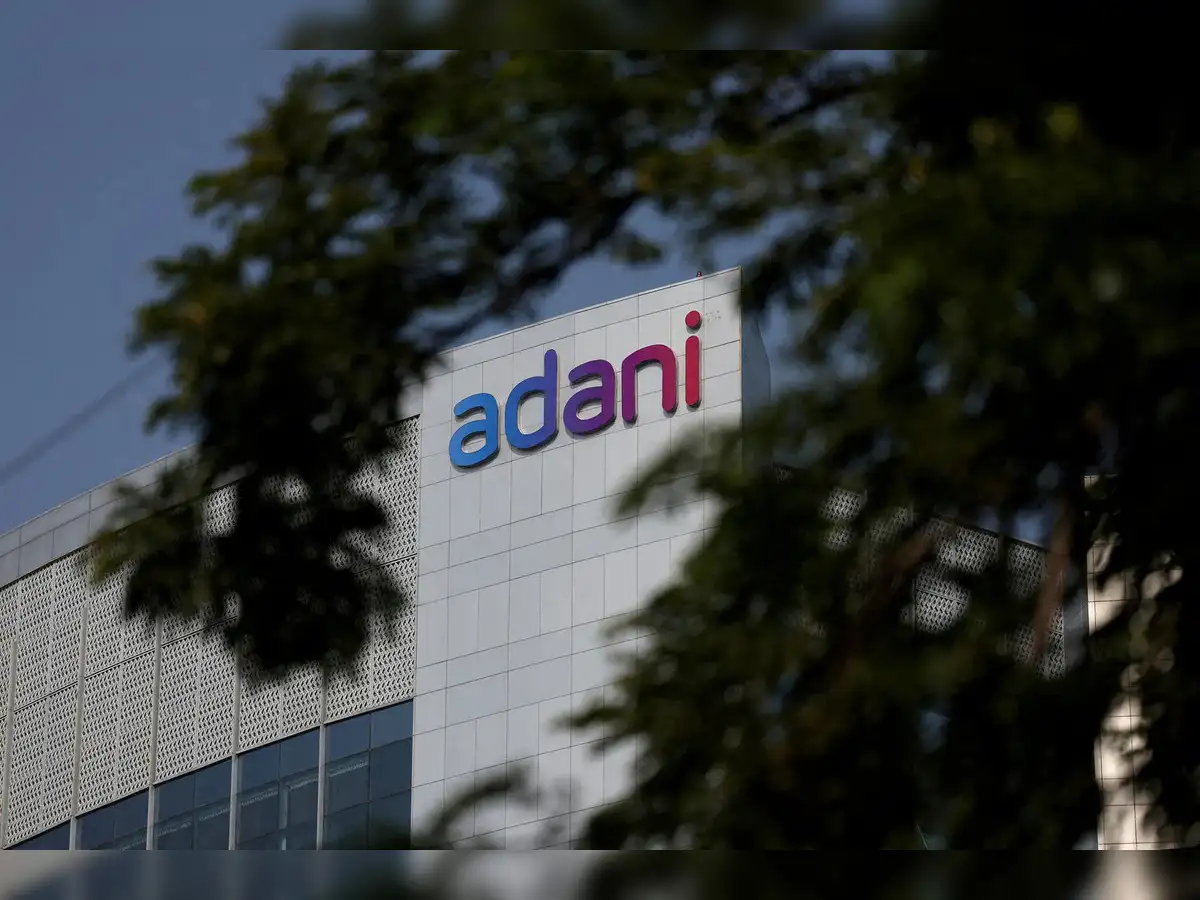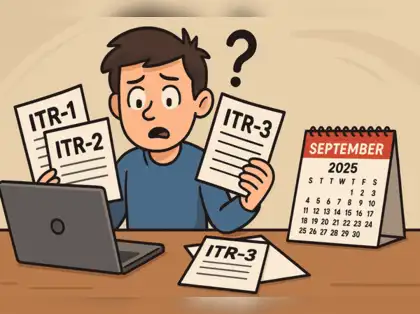GST Rate Cut 2025: Sweeping Relief for Consumers Across India
The Goods and Services Tax (GST) Council has rolled out a historic reform, with effect from September 22, 2025, that brings substantial tax cuts across more than 150 product categories. While Mother Dairy making headlines for immediate price reductions on milk, ghee, butter, and snacks, the changes go far beyond food. Personal care, vehicles, home appliances, and a host of everyday essentials will now be available at noticeably lower prices—putting genuine relief back into the Indian family budget.
Mother Dairy Leads the Price Cut Wave—But It’s Just the Start
Mother Dairy has pledged to directly pass on GST benefits to customers:
-
UHT Milk in tetra packs drops by ₹2/litre
-
Paneer, ghee, butter, cheese, ice cream, jams, pickles: All move to lower GST slabs
-
Products like Safal’s French fries, frozen snacks, and tomato puree get significant reductions
-
Price cuts extend from ₹1 up to ₹30 per item, effective at all Mother Dairy and over 5 lakh partner outlets
-
Stock with old rates will get new stickers reflecting the discount from launch day

Big GST Overhaul: From Four Complex Slabs to Two Simple Rates
The new GST structure simplifies the old tax regime:
-
5%: Essentials (food, personal care, medicines, basic utilities)
-
18%: Most standard goods; now includes home appliances, electronics, and smaller vehicles
-
40%: “Sin” and luxury goods—cigarettes, high-end cars, gutkha, yachts, aerated drinks (and more)
-
Many items that were taxed at 12% or 28% are now in the 5% category, especially essentials and medicines
Essentials, Personal Care & Medicines: Cheaper for All
Everyday life gets more affordable:
| Product | Old GST Rate | New GST Rate | Impact |
|---|---|---|---|
| UHT milk, packaged paneer | 5%-12% | 0%-5% | Milk, cheese, paneer now tax-free or 5% |
| Soaps, shampoos, toothpaste, talc, hair oil | 12%-18% | 5% | Savings on personal and baby care |
| Essential medicines, glucometers, spectacles | 12%-18% | 5%-0% | Lower bills for health products |
| Packaged namkeens, sauces, chocolates, coffee | 12%-18% | 5% | Snacks and beverages cheaper |
| Baby care, feeding bottles | 12%-18% | 5% | Helping young families save |
Bigger purchases get easier on the wallet:
-
Small Cars & Two-Wheelers:
-
Petrol (up to 1200cc) and diesel (up to 1500cc) cars, bikes, scooters (up to 350cc): down from 28% to 18% GST
-
-
Home Appliances:
-
ACs, dishwashers, TVs (>32”), fridges, and kitchen gadgets: 28% to 18% GST
-
For example, a ₹30,000 appliance could now be priced closer to ₹27,500
-
-
Electronics, Furniture, Musical Instruments:
-
Items previously at 28% now 18%, supporting affordable home upgrades
-
Real-World Shopping Impact: How Much Will You Save?
While the per-item saving might only be a few rupees to a few hundred, across all purchases in a month, the benefit multiplies. Average Indian households will see lower bills from food to soap, medicines to small cars, making daily essentials and aspirational goods more accessible.
What About Stock and Luxury Products?
-
Transition Period: Inventory at old rates may persist in stores, but retailers will be legally required to update price tags and offer the new, lower prices from September 22.
-
Luxury & “Sin” Goods: Items like luxury vehicles, yachts, aerated beverages, cigarettes, and certain tobacco products are now taxed at 40%—and will likely cost more, not less.
Remember: Manufacturers and retailers may adjust pricing strategies at different speeds, so check product labels for current price details after the GST change.
Why This GST Reform Matters
-
Simplifies India’s tax landscape for common people and businesses
-
Boosts consumption and demand across segments, fuelling economic growth
-
Makes compliance and refunds simpler, benefiting small business and MSMEs
-
Ensures basic goods are within reach for all sections of society
Frequently Asked Questions (FAQ)
What is the biggest benefit of the 2025 GST rate cut?
Daily essentials, dairy products, home appliances, personal care, medicines, and small vehicles are now cheaper due to lower GST rates.
When will these GST cuts be effective?
All new rates and reforms start from September 22, 2025.
Will luxury and “sin” goods get cheaper too?
No, “luxury” and “sin” items like high-end cars, tobacco, and soft drinks are now taxed at 40%, which may make them more expensive.
Is the price drop immediate on all products?
Older stock may still carry the higher price, but retailers are legally required to relabel items and pass on reduced rates as soon as the new GST reforms kick in.
How much can a typical family save?
While savings vary by product and consumption, households will see lower overall bills on most essentials, groceries, personal care, appliances, and select vehicles.
The 2025 GST rate cut is a watershed moment for Indian consumers, rolling out real savings on over 150 product categories—from staple groceries and personal care items to household appliances and entry-level vehicles. With a new, simplified structure and a strong enforcement push, everyday shopping is about to get much more affordable.




